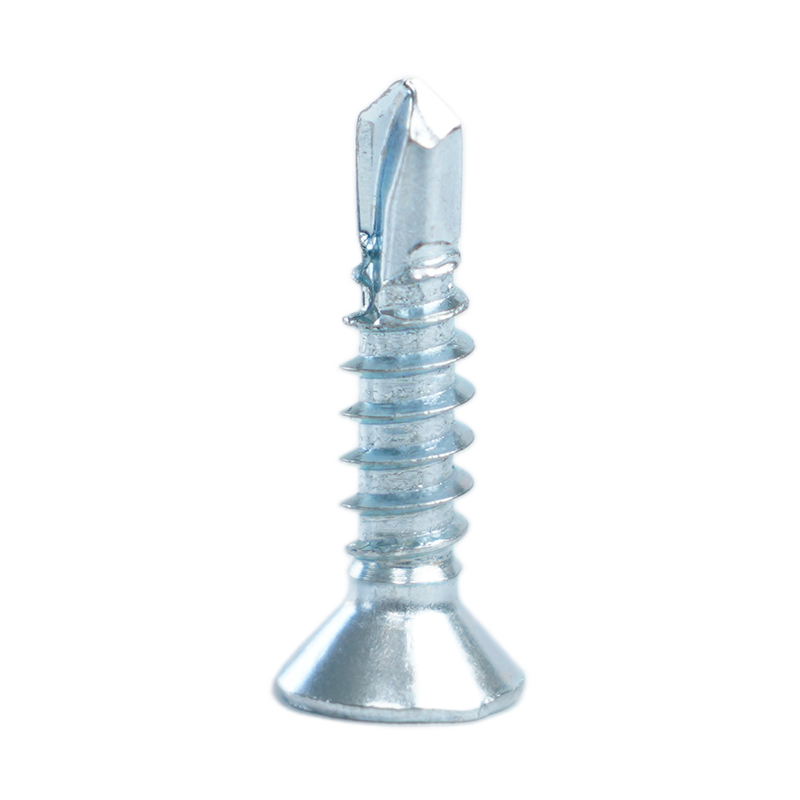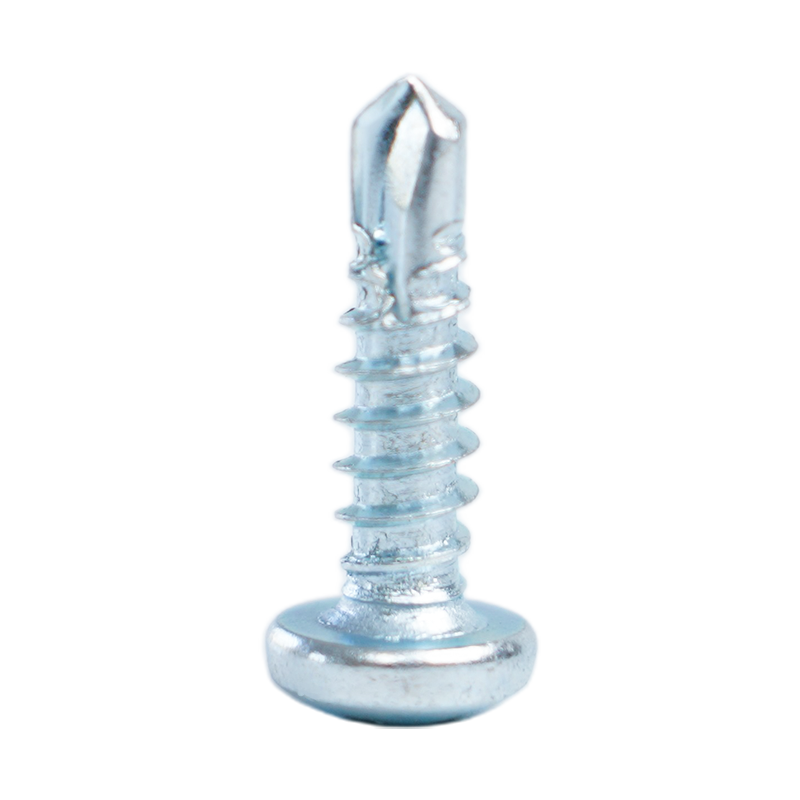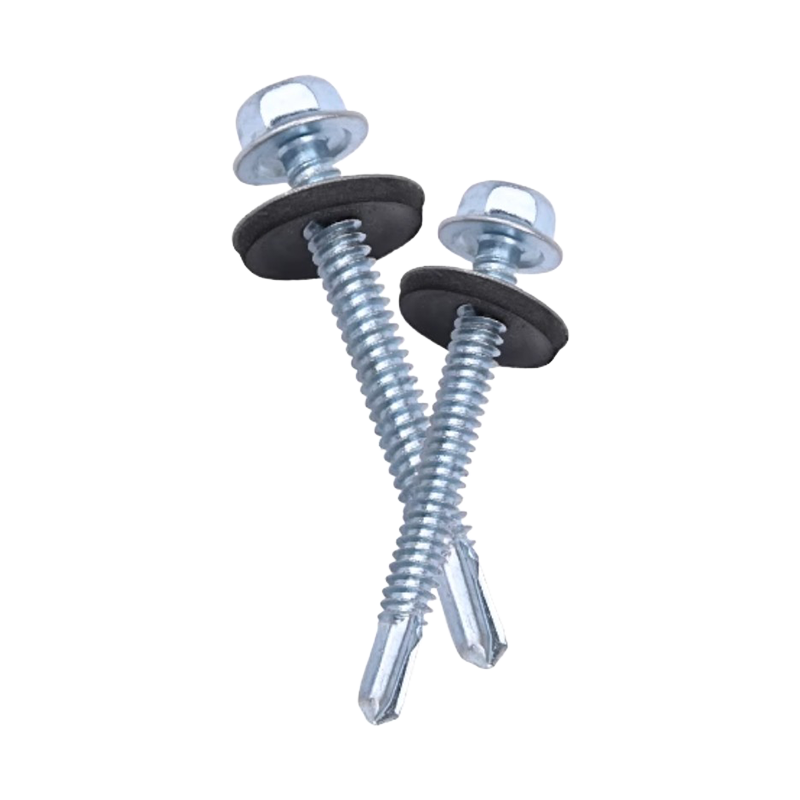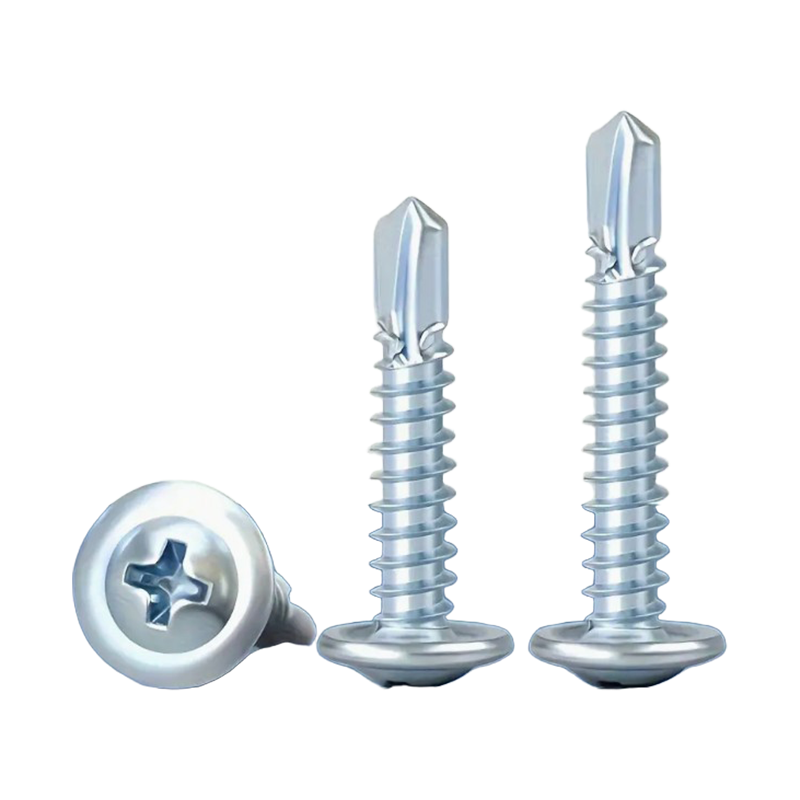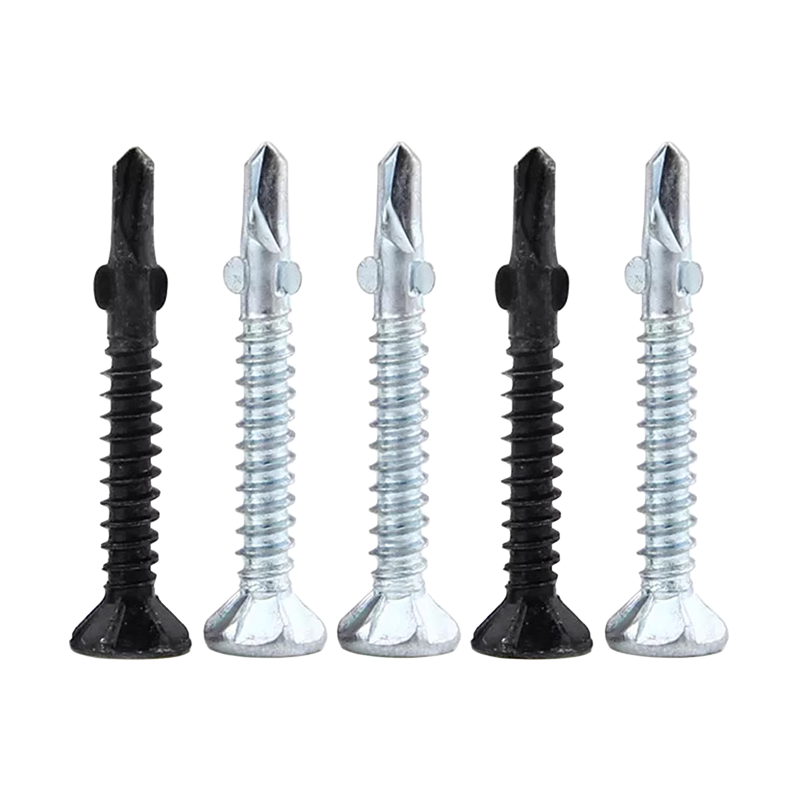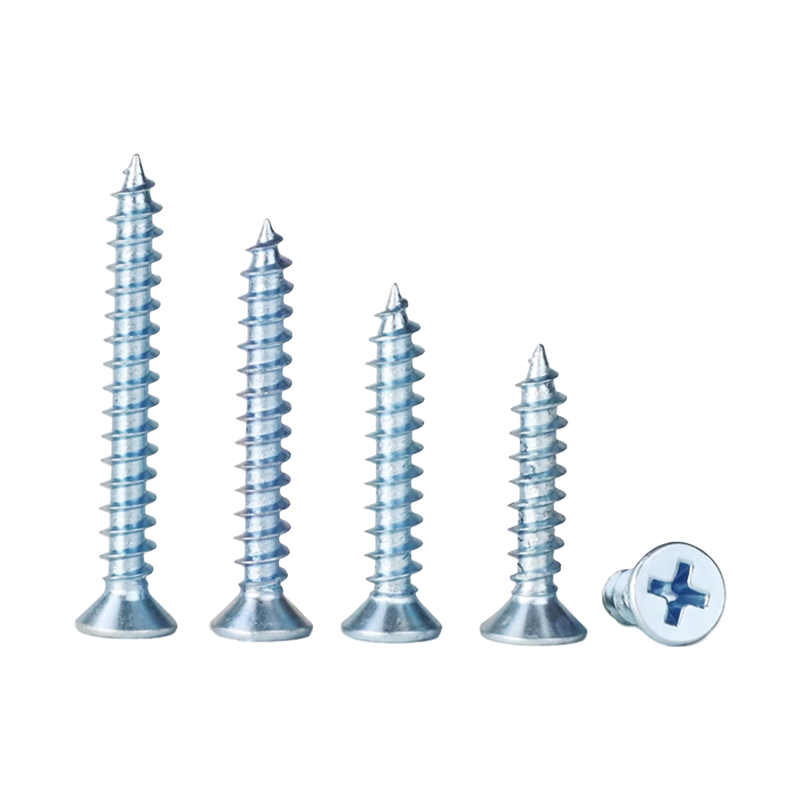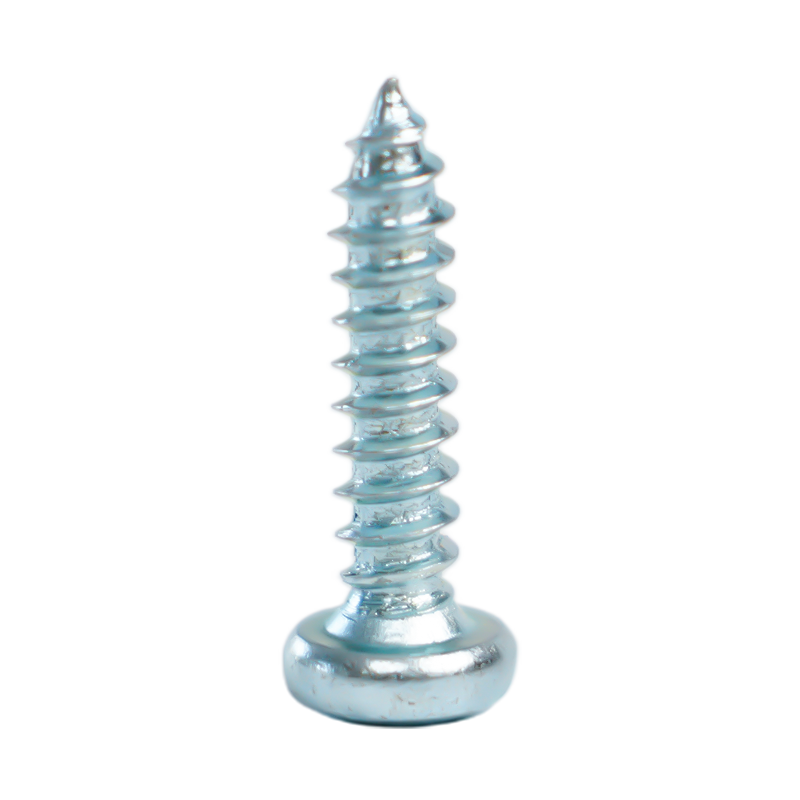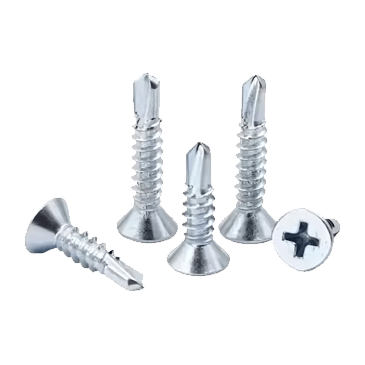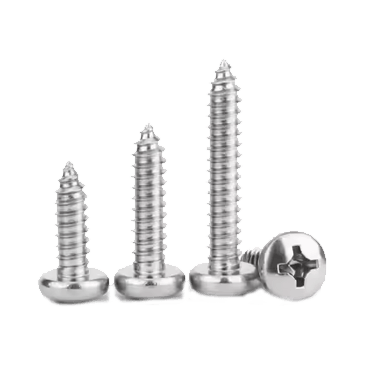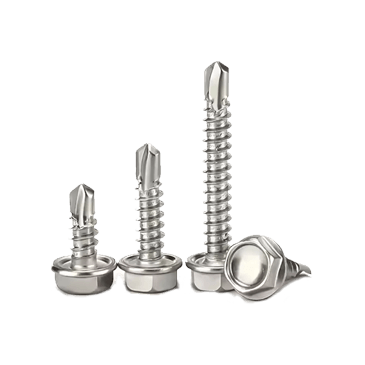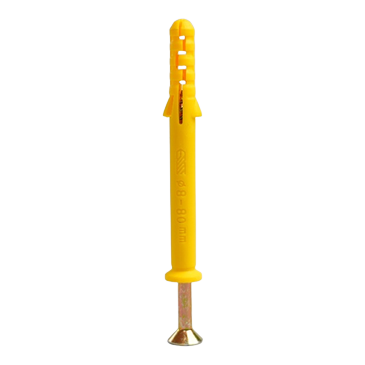When the rolled steel enters the drawing process, it faces a series of carefully designed molds. These molds are like checkpoints. The steel needs to pass through them one by one under the traction of tension to complete its own transformation. The principle of drawing seems simple, but it actually contains countless technical details. Under the action of tension, the steel is in close contact with the inner wall of the mold. As the steel continues to pass through the mold, its diameter gradually decreases and its length increases accordingly. In this process, every change in size is related to the final performance of the gas nail.
As the core tool of the drawing process, the design and manufacturing level of the drawing die directly determines the quality of the nail rod. The finish of the inner wall of the mold is the primary consideration. If the inner wall is not smooth enough, the surface of the steel will be scratched when passing through the mold, forming fine cracks or grooves. These seemingly tiny flaws may become stress concentration points during the use of gas nails, reducing the strength of the nail body, and even causing the nail body to break when subjected to force. The inner wall of the mold needs to go through multiple grinding processes, from rough grinding to fine grinding, and then to polishing. Each step strives to make the inner wall as smooth as a mirror to ensure that the steel can pass smoothly without damage.
The accuracy of the mold aperture is also crucial. Gas nails have extremely strict requirements on the size of the nail rod. Even extremely small errors may affect its fastening effect in practical applications. The aperture of the drawing die needs to be designed according to a precise size gradient. The aperture of each mold forms a reasonable size difference with the front and rear molds, so that the steel is gradually and evenly deformed during the drawing process. This precise size control not only ensures the consistency of the diameter of the nail rod, but also effectively avoids defects such as cavities and looseness inside the steel due to excessive deformation. When manufacturing the mold, high-precision processing equipment, such as CNC machining centers, is used to accurately control the movement trajectory of the tool through computer programs to ensure that the error of the mold aperture is controlled within a very small range.
The setting of the mold taper is also the key to the design of the drawing die. The appropriate taper can guide the steel to enter the die smoothly, reduce the friction and resistance between the steel and the die entrance, and help the steel to be evenly stressed inside the die to avoid excessive local stress. If the taper is too small, the steel may have difficulty entering the die, resulting in obstruction of the drawing process; if the taper is too large, the steel will be unevenly deformed in the die, affecting the dimensional accuracy and surface quality of the nail rod. Engineers need to determine the most suitable die taper after repeated calculations and tests based on various factors such as the material properties of the steel, the drawing speed, and the magnitude of the pulling force.
During the drawing process, the control of the pulling force is the key factor to ensure the smooth progress of the process. If the pulling force is too small, the steel cannot overcome the resistance of the die and it is difficult to pass through the die, resulting in drawing failure; if the pulling force is too large, the steel may be overstretched, resulting in thinning and breaking. In order to achieve precise tension control, modern drawing equipment is equipped with advanced sensing and control systems. The sensor monitors the stress and deformation of the steel during the drawing process in real time and transmits the data to the control system. The control system dynamically adjusts the pulling force according to the preset parameters. When insufficient tension is detected, the system automatically increases the tension; when the tension is too large, the tension is reduced in time to ensure that the drawing process is stable and smooth.
In addition to tension control, the use of lubricants also plays an important role in the drawing process. Special lubricants are evenly applied to the surface of the steel to form a lubricating film between the steel and the die. This lubricating film can significantly reduce the friction between the two, reduce the wear on the surface of the steel, and help improve the drawing efficiency. Lubricants can also isolate the air to a certain extent, prevent the steel from oxidizing during the drawing process, and protect the surface quality of the steel. Different types of steel and molds need to use lubricants that are suitable for them to achieve the best lubrication effect.
The drawing process is not achieved overnight, but a step-by-step process. The steel needs to pass through multiple molds in sequence to gradually reach the required size and accuracy. In this process, the size and surface quality of the nail rod need to be tested after each drawing. Once a problem is found, adjust the drawing parameters or replace the mold in time to ensure that the final nail rod meets the quality standards.
The drawing process plays an indispensable role in the manufacturing process of gas nails. Through the careful design and manufacture of molds, precise control of process parameters such as tension, and strict control of each link, the rolled steel is carved into nail rods with precise dimensions and smooth surfaces. It is this precise carving process that lays a solid foundation for the realization of the excellent performance of gas nails, allowing small gas nails to play a powerful and reliable fastening role in fields such as construction and decoration. With the continuous development of manufacturing technology, the drawing process will continue to be optimized to provide a strong guarantee for the production of higher quality gas nails.

 +86-15052135118
+86-15052135118 

 Español
Español
 Get In Touch
Get In Touch


